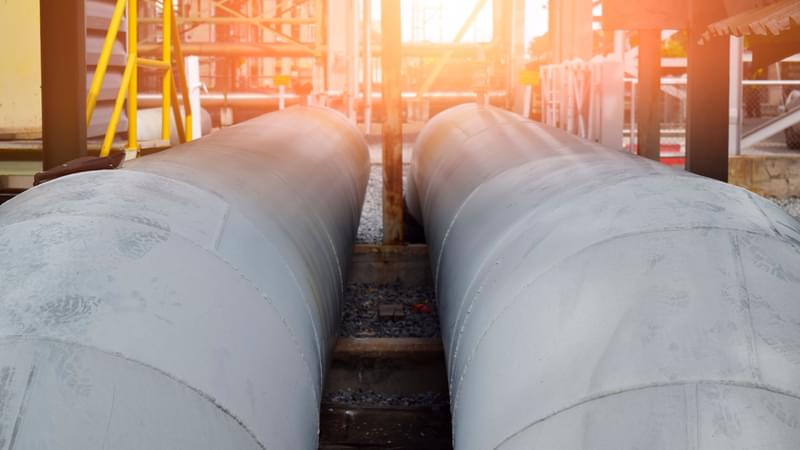Breaking down the EPA Waste Emissions Charge rule

Last week, the Environmental Protection Agency (EPA) released its proposed Waste Emissions Charge (WEC) rule that outlines how the fees laid out in the Inflation Reduction Act will be applied and collected. Unmonitored emissions could result in astronomical fees, so now is the time to create a plan of action for facilities that are subject to WEC fees. Kairos is here to help — starting with this summary of the proposed rule and how it applies to operators.
What Facilities Are Subject To Waste Emissions Charge Fees?
Facilities — defined as all sites within a region — reporting more than 25,000 mt CO2e of greenhouse gasses emitted per year to the Greenhouse Gas Reporting Program (GHGRP) are considered WEC-applicable facilities. For example, if all of your wellsites in a single basin (i.e. a facility) report more than 25,000 mt CO2e of greenhouse gasses for the year, you are required to submit WEC filing. The filing is due no later than March 31 of each calendar year for the emissions that occurred the previous calendar year.
How Are Waste Emissions Charge Fees Calculated?
WEC fees will be based on data reported via the GHGRP Subpart W and the segment-specific methane intensity thresholds set by the Inflation Reduction Act (page 257, sec. 60113).
Operators will be charged for each ton of methane that is emitted beyond the applicable methane intensity threshold. For example, the methane intensity threshold for upstream oil and gas operators is 0.20%. If an upstream oil and gas company reports emissions that exceed 0.20% methane intensity, they will be charged a fee per ton of methane above the target.
The fees will begin at $900 per metric ton of methane over the threshold for emissions occurring in 2024. They will increase to $1,200 per metric ton for emissions occurring in 2025 and $1,500 per metric ton for emissions occurring in 2026 and beyond.
Operators will be able to “net” emissions across their business — meaning higher-emitting facilities could offset emissions against lower-emitting facilities owned by the same company. The EPA expects this method will reduce accounting burden and the overall financial obligation for many operators across their WEC-applicable facilities.
Waste Emissions Charge Fee Exemptions
The proposed rule offers a few exemptions for certain types of operators and circumstances. Critically, these exemptions will only become available after the EPA approves OOOOc State Implementation Plans (SIPs) and SIPs are implemented in all states. This is expected by 2027, and, in the meantime, operators should assume there will be no exemptions in 2025 and 2026.
When they become available, the WEC rule offers exemptions for:
- Unintended delays in environmental permitting
- Wells that are permanently shut and plugged
- Certain facilities that comply with EPA rules NSPS OOOOb and EG OOOOc
The table below shows industry segments subject to WEC fees and whether they may contain facilities that, by complying with OOOOb/c, provide an exemption from the fee. Operators with facilities subject to OOOOb/c looking to claim exemption from the WEC fees will need to provide the annual reports submitted to EPA under OOOOb/c in addition to the WEC filing.
| Subpart W Industry Segment Subject to WEC | May be able to use OOOOb/c compliance as a WEC fee off-ramp |
|---|---|
| Onshore petroleum and natural gas production | Yes |
| Onshore petroleum and natural gas gathering and boosting | |
| Onshore natural gas processing | |
| Onshore natural gas transmission compression | |
| Underground natural gas storage | |
| Offshore petroleum and natural gas production | No |
| Onshore natural gas transmission pipeline | |
| LNG import and export equipment | |
| LNG storage |
Waste Emissions Charge Next Steps
The EPA will hold a public hearing 15 days after the proposed rule is published in the Federal Register and a 45 day public comment period where individuals can offer support or recommendations for changes in the proposed rule. We expect the rule will be finalized in Spring of 2024.
If you want to know more about WEC fees and how to mitigate your exposure, please reach out.